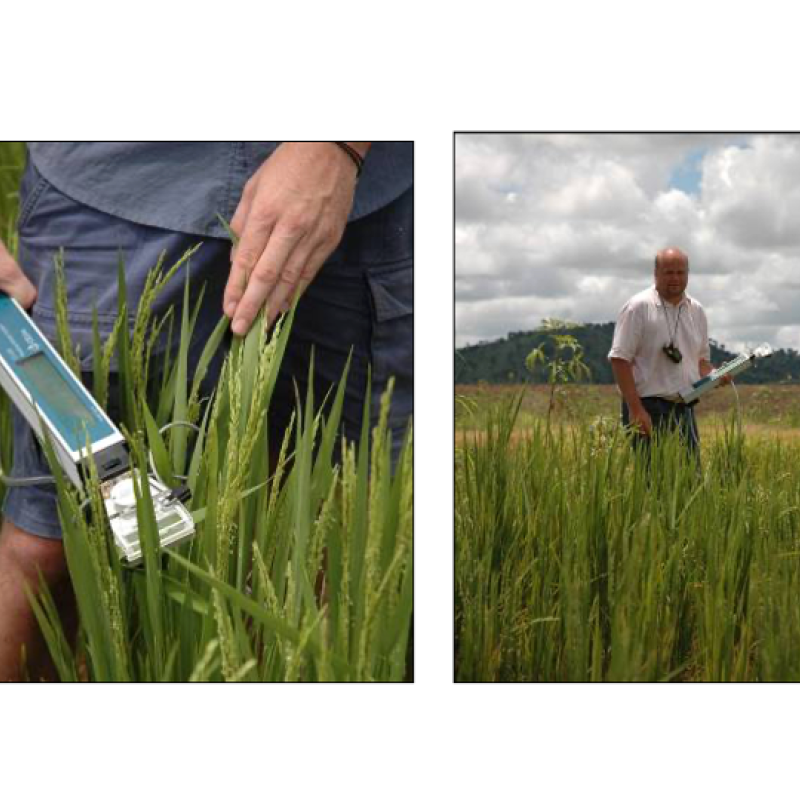Towards Diurnal Digital Twinning of Agricultural Production using Next-gen Growth Simulation Models

The topic is also open for:
- GEM students track 1 – GEM for Urban-Rural Interactions
- GEM students track 3 – GEM for Ecosystems & Natural Resources
Validation and training datasets are available.
Daily totals or daily averages are convenient to work with and provide a first, rough impression of the weather conditions under which a given crop develops. For some plant processes, indeed, a daily time interval for a digital twin is not a bad match. For example, the development rate of a crop can be estimated quite well by making use of the average air temperature. After all, it is not meaningful to monitor the stages of development from day to day, which means that the effect of temperature must be integrated over at least a week. It is then usual to make use of the concept of 'temperature sum' (TSUM) or 'degree days'. This value is calculated as the integral of the value with which the (average) temperature exceeds a certain lower threshold value (e.g. 5 °C), below which no development occurs at all. This procedure implicitly assumes a linear response above the lower threshold.
However, for a number of reasons these summation methods may present a distorted image of the actual situation for plant processes that are more dynamic. Some of the most important reasons are:
- The response is non-linear. One example is the photosynthesis-light response that becomes saturated at high light intensities, and another example is the temperature response of the development rate that may even deflect back at high temperatures.
- Some factors work together to enhance or negate each other's effects. An example is the rate of evaporation of open water, which increases with wind speed, but also with radiation, and with the dryness of the atmosphere. Because of this interaction, it is not permitted to simply enter the average values in the equation. Yet, in the calculation of the Penman evaporation average daily values are used (Penman, 1948). Its success can be attributed to the fact that diurnal courses are repetitive and that the values of empirical coefficients were found by calibration. The response has a time delay within the daily rhythm. An example is the plant's water content, which exhibits a minimum in the late afternoon. If the minimum should be very pronounced, the photosynthesis-light response will be higher in the morning than in the afternoon.
Because of these kinds of non-lineair, intertwinned effects, it is often necessary to take account of the within daily and even within night progress of the weather conditions when modeling crop growth particularly for the highly dynamic plant processes such as photosynthesis and (maintenance) respiration.
- Describe the Machine Learning prediction features required by a Next-gen Crop Growth Simulation Models based on diurnal dynamic plant processes such as photosynthesis and (maintenance) respiration.
- Retrieve inputs for Digital Twinning model of Crop Production using Diurnal explicit Geo-stationary Satellite observations (Sentinel-4)
- Run the Machine Learning algorithm a Next-gen Crop Growth Simulation Models based on diurnal dynamic plant processes such as photosynthesis and (maintenance) respiration. Candidate model architecture: Temporal Fusion Transformer (Google), Libraries used: pytorch forecasting and pytorch lightning
- Predict and validate the homogeneity between Diurnal Digital Twinning of Agricultural Production
See the following lecture recording
